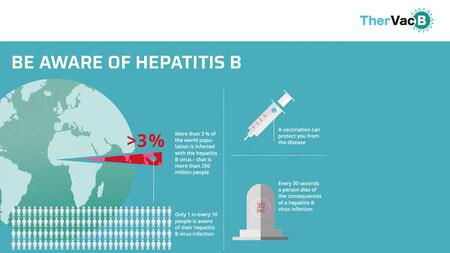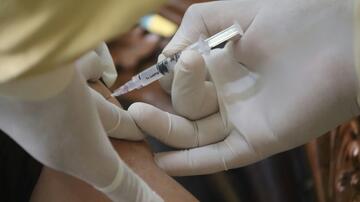Hepatitis B – Cure
In a joint project, DZIF scientists are developing immune therapies to cure chronic hepatitis B.
Although a prophylactic vaccine against hepatitis B has been available for 40 years, more than 3 percent of the world's population (i.e. > 250 million people) is currently chronically infected with the hepatitis B virus (HBV). Every year, around 880,000 people die of the consequences of chronic infection. There are several reasons for these high numbers. Firstly, the worldwide vaccination coverage is still too low, particularly for newborns. Secondly, no curative HBV treatment currently exists. And thirdly, most people who contract HBV are unaware of their infection and therefore cannot protect their environment. It is estimated that only around 10 percent of all infections worldwide are diagnosed and only 15 percent of these are treated.
Activating the body’s own immune defense
Existing antivirals control HBV replication but do not eliminate the virus and therefore need to be taken on a permanent basis. In order to cure HBV infection, the entire virus, including its DNA persistence form in the cell nucleus, would have to be completely eradicated from the body or at least be controlled by the immune system. DZIF scientists are convinced that this requires a two-pronged approach: lowering the viral load in the liver and blood, and stimulating HBV-specific immune cells. The “Hepatitis B – cure” project therefore analyses antiviral therapies (e.g. nucleoside analogs, siRNAs, entry and capsid inhibitors and interferons) and combines them with new immunotherapies. One prominent example is the therapeutic vaccine TherVacB. Other examples include HBV-targeting T-cell therapies.
Additionally, scientists are evaluating biomarkers and advancing the development of new diagnostic virology methods in order to better assess the antiviral effects of new therapies. Immune cell populations and cytokine profiles associated with curing diseases are being identified and analysed as potential new biomarkers. These can in turn help predict the efficacy of new therapeutic interventions.




